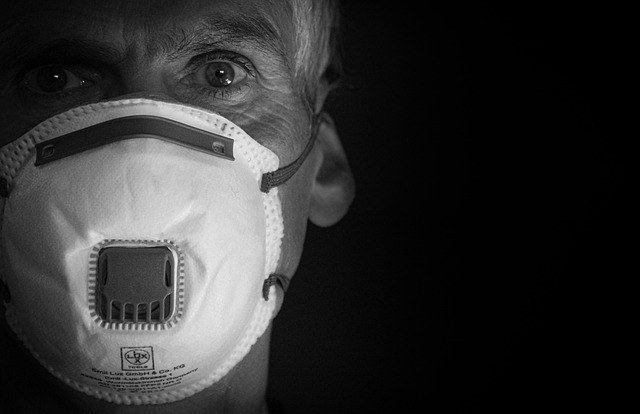With technology advancing at a rapid rate, the dental health care industry has also seen a revolution in how it is able to care for and treat its patients. New technologies are providing dentists with a wide array of tools and techniques to help improve the quality of care they are able to provide. From 3D printing to digital dentistry, these new advancements are transforming the way in which dentists are able to diagnose, treat, and prevent dental health issues.
New Technologies in Dental Health Care
3D printing has become an invaluable tool in the dental health care industry. This technology allows dentists to create highly detailed models of teeth, gums, and other structures in the mouth. These models can then be used to create custom-made crowns, bridges, and other dental prosthetics. 3D printing also allows dentists to create models of teeth for research purposes, which can help them better understand the structure of teeth and create more effective treatments.
Digital dentistry has revolutionized the way in which dentists are able to diagnose, treat, and prevent dental health issues. Digital radiography and intraoral cameras allow dentists to take detailed images of the inside of the mouth and teeth, which can be used to diagnose and treat issues more accurately.
Digital dental records allow dentists to keep track of patients’ dental health history, which can be used to make more informed decisions about treatments. Digital dental implants are also becoming more popular, as they are more comfortable and less invasive than traditional dental implants.
Intraoral Cameras: Intraoral cameras are small digital cameras that are used to take digital images of the inside of the mouth. These cameras allow dentists to accurately diagnose and treat dental problems, such as cavities and gum disease. The images taken with an intraoral camera are also used to help educate patients about their oral health.
Laser Dentistry: Laser dentistry is a relatively new field of dentistry that uses laser technology to treat a variety of dental conditions. Laser treatments can be used to reshape and contour teeth, remove decay, and whiten teeth. Laser technology is also being used to detect and treat periodontal disease.
Digital X-Rays: Digital x–rays have become the standard in dental care, replacing the old–fashioned film x–rays. Digital x–rays provide a much clearer and more detailed image of the teeth and surrounding structures. This allows dentists to diagnose and treat problems more accurately.
CAD/CAM Technology: Computer–aided design and computer–aided manufacturing (CAD/CAM) technology is becoming increasingly popular in the field of dental health care. This technology allows dentists to create custom–made restorations, such as crowns, bridges, and veneers, more quickly and accurately than ever before.
Dental Implants: Dental implants are small titanium posts that are surgically implanted into the jawbone to replace missing teeth. Dental implants are a permanent solution for missing teeth and provide a more natural look and feel than traditional dentures.
In addition to these advances, new technologies in dental health care are also being used to create more comfortable and efficient visits. For example, some dentists now offer their patients the ability to watch television or listen to music during their appointments. Virtual reality technology is also becoming increasingly popular, as it allows dentists to provide their patients with a more interactive experience.
The advancement of technology in the dental health care industry is providing dentists with a wide array of tools and techniques to improve the quality of care they are able to provide to their patients. From 3D printing to digital dentistry, these new technologies are transforming the way in which dentists are able to diagnose, treat, and prevent dental health issues. As technology continues to evolve, dentists will be able to provide even more advanced treatments and better care for their patients.








